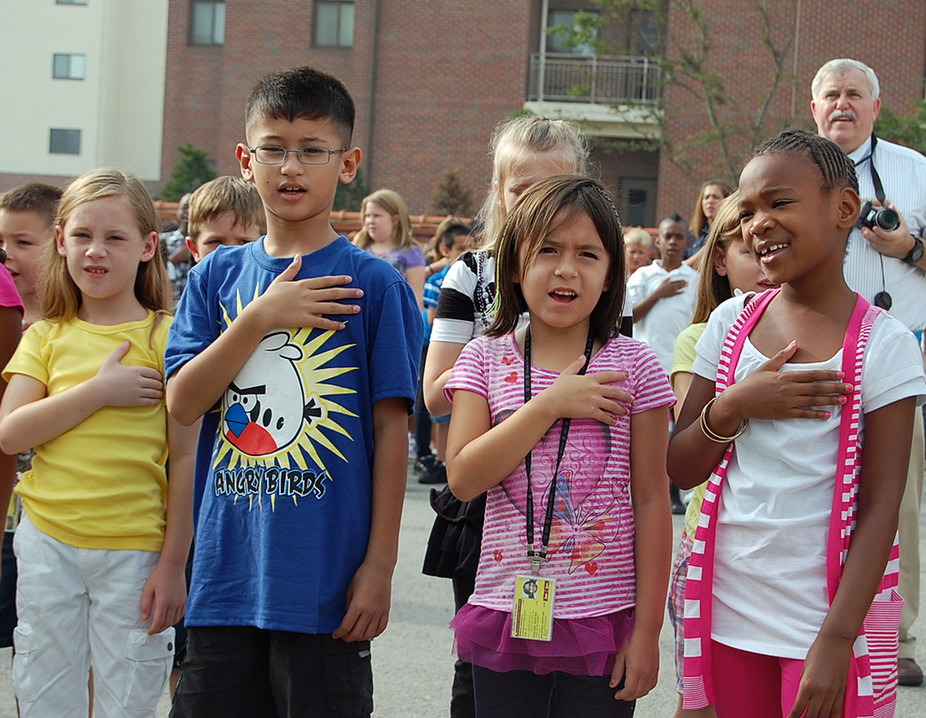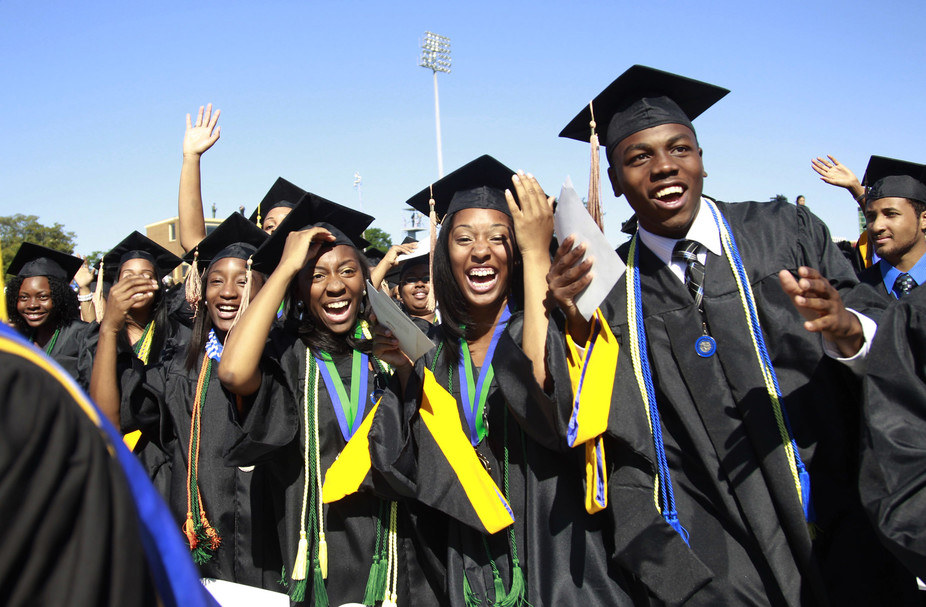This generation of K-12 students is growing up in a society that is increasingly bi-lingual. Foreign language requirements have long been a core requirement for high school graduation and are also part of most arts-based college degree programs. Along with Spanish, languages like French and German are common options for students. But just how “foreign” is Spanish in today’s society? The U.S. Census estimates that there are 50.5 million Hispanic people living in America, and another 3.7 who are residents of Puerto Rico. This number represents a 43 percent increase in the recorded Hispanic population from 2000 to 2010 at …
A Guide to Ending the Crisis Among Young Black Males
When we talk about reaching students in our classrooms that come from disadvantaged backgrounds, we tend to put several groups under one umbrella. Minority students. Immigrant students. Kids from low socioeconomic households. While it’s true that all of these groups of students need a different approach than their white, English-speaking, middle-class peers, our education system is not yet doing enough to address specific needs within these at-risk groups. The initiatives that help one group tremendously may not have as large a positive impact on another, and vice versa. Black boys are a student demographic that has been, and continues to …
Continue reading “A Guide to Ending the Crisis Among Young Black Males”
Why we should talk to children about race
Amanda Williams, University of Bristol It’s a situation that many parents dread. Encountering a black man in the street for the first time, a white child might loudly ask something like: “Mummy, why does that man have dirty skin?” After cringing, shushing, or offering a distraction, parents may wonder where this kind of question has come from, how to deal with the situation or indeed avoid it in the future. From a surprisingly early age, children can distinguish between faces from different racial groups. By the time they are three months old, experiments have shown that white, black, and Asian …
Continue reading “Why we should talk to children about race”
Ask Dr. Lynch: Teaching Students About Genocide
Question: How should the topic of ‘genocide’ be taught in schools? Answer: Before I respond, I would like to thank you for your question. Nowadays, we are seeing the topic of genocide being covered even in the elementary grades and there is no consensus on when it should be introduced or taught. However, I will give you my expert advice, which takes all of the dominant schools of thought into consideration. In my opinion, the topic of genocide should not be discussed prior to grade six, because although younger students have the ability to empathize with the victims of genocide, …
Continue reading “Ask Dr. Lynch: Teaching Students About Genocide”
Culturally Responsive Training: Exploring Cultural and Student Backgrounds
Once an educator has thoroughly examined their own cultural beliefs, values, and biases, she is ready to begin learning about other cultures. Researchers have theorized that diverse cultures demonstrate common patterns of thought and community behavior. In order to explore these cognitive and behavioral patterns, an educator must be willing to spend a great deal of time reading about and observing the standards and practices of various cultural groups that they will be dealing with in the classroom. Attaining a thorough base of knowledge is among the most critical steps that a teacher must take in order to educate students …
Continue reading “Culturally Responsive Training: Exploring Cultural and Student Backgrounds”
Education Equity: Challenges and Suggestions
Equity in education has long been an ideal. It’s an ideal celebrated in a variety of contexts, too. Even the Founding Fathers celebrated education as an ideal, something to which every citizen ought to be entitled. Unfortunately though, the practice of equity in education has been less than effective. That is, equity is a difficult ideal to maintain and many strategies attempting to maintain it have fallen far short in the implementation. The most obvious and horrendous element, of course, is the No Child Left Behind Act. But even Obama has notably dabbled in an attempt to manage equity in …
Continue reading “Education Equity: Challenges and Suggestions”
Talented and Gifted Learning: Where’s the Diversity?
The “talented and gifted” label is one bestowed upon the brightest, and most advanced, students. Beginning in early elementary grades, TAG programs separate student peers for the sake of individualized learning initiatives. Though the ideology is sound, the reality is often a monotone, unattractive look at contemporary American public schools. Earlier this year the New York Times visited Public School 163 located on the Upper West Side of the city to take a look at the disparities caused by the talented and gifted program there. This is what it looked like: a bunch of white kids on the “gifted” side …
Continue reading “Talented and Gifted Learning: Where’s the Diversity?”
How community schools can beat summer learning loss for low-income students
Laura Bronstein, Binghamton University, State University of New York This article is a part of The Conversation’s series on summer learning loss. For other articles in this series, read here and here. My children spent summers reading Harry Potter, playing chess, swimming and hiking the Adirondack high peaks in upstate New York. As a single parent with a career as a social worker and academic, I wasn’t rich. But I had enough to make sure that my children had what they needed to excel in education and enrichment outside of school. While middle-class homes can often provide for summer enrichment …
Continue reading “How community schools can beat summer learning loss for low-income students”
Girls can have it all: how to stop gender stereotyping in schools
Athene Donald, University of Cambridge Few things make us as competitive as getting our children into the right school. That is why families are willing to spend so much money either moving house to get into a good state school’s catchment area or sending their children to a fee-paying school. But the vast majority are stuck with the local school, good or bad. So how can we create a level playing field for students? Unfortunately, it seems we are still a long way away as too many teachers continue to exhibit a tendency towards gender stereotyping by making assumptions about …
Continue reading “Girls can have it all: how to stop gender stereotyping in schools”
Closing the College Gender Gap
If you have been following education hot button issues for any length of time, you’ve likely read about the nationwide push to better encourage girls in areas like science, technology, engineering and math (STEM). The thought is that by showing young women that these topics are just as appropriate for them as their male peers, more women will find lasting careers in these traditionally male-dominated fields. I’m all for more women in the STEM workplace but with all this focus in one area, are educators neglecting an even larger gender gap issue? Nationally, over 57 percent of college attendees are …









